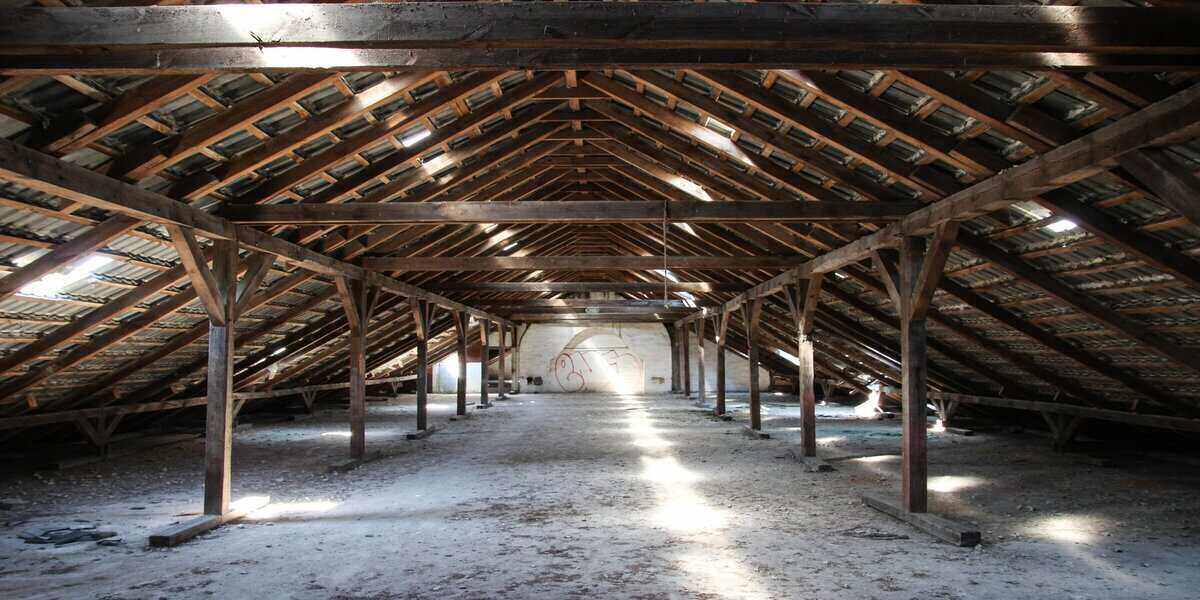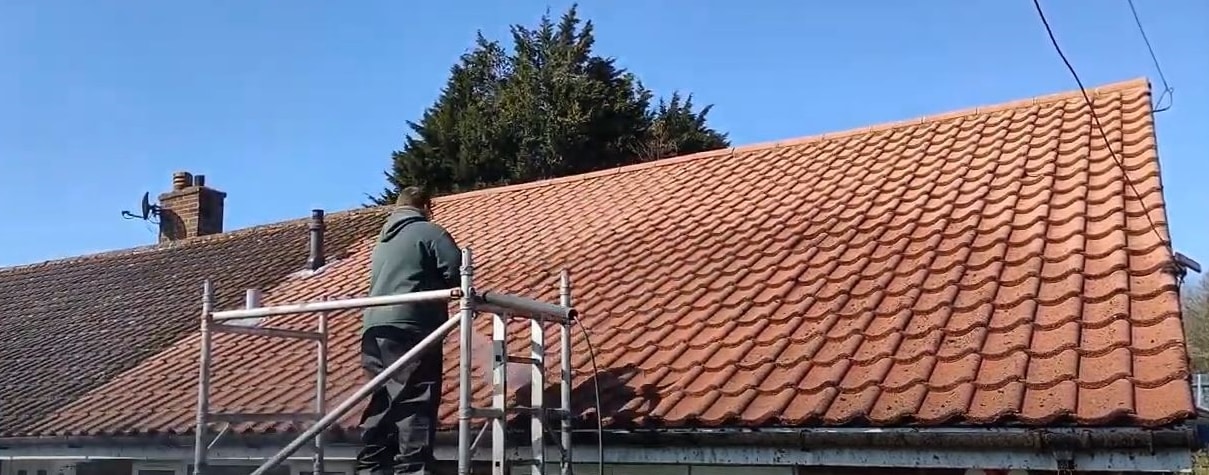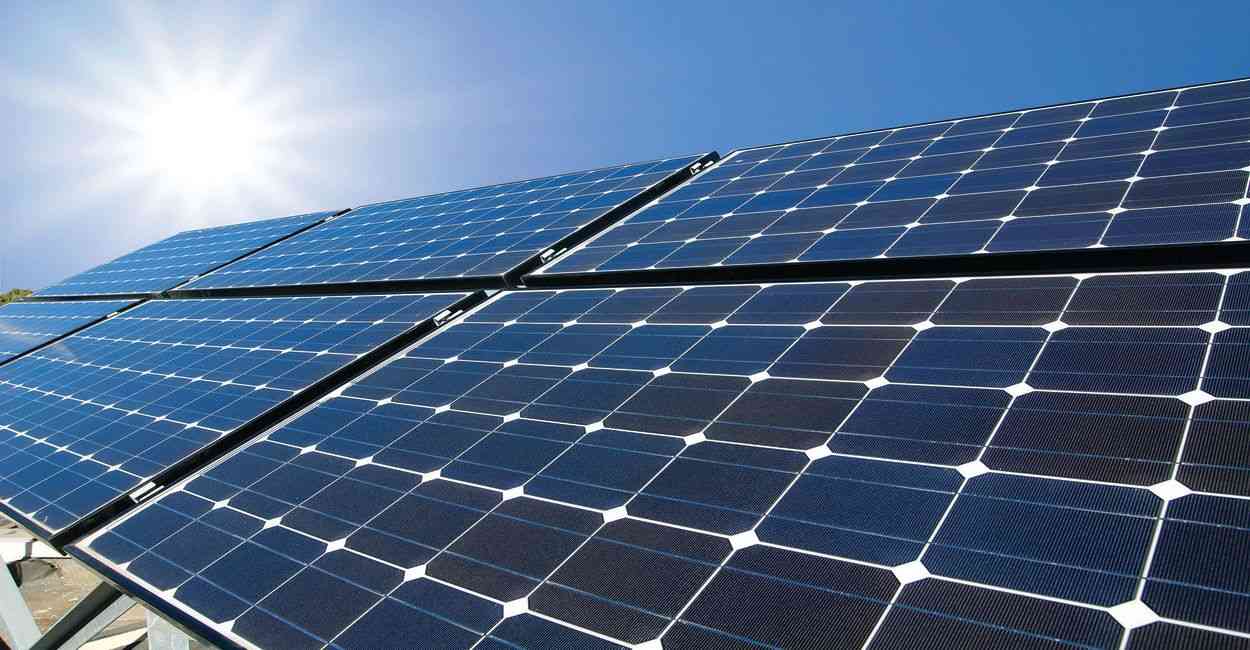7 Things To Consider Before Insulating Your House
5 min read
Insulating your house is a critical element of any home. Proper insulating your house makes your home more liveable and comfortable. It also helps reduce your energy costs.
The right insulation will also impact your health. Therefore, deciding to insulate your house is a significant decision.
The insulation industry features a wide range of choices. This means choosing between various materials, like floor insulation boards.
Below are some things you may consider before choosing an insulation material to insulate your house.
1. Areas in Your Home that Need Insulation

Before deciding to insulate your house, one of the first things you must do is determine the areas of your home that need insulation. While the overall insulation of your house is important to attain, it might be expensive.
Therefore, you may have to determine the most important areas to insulate. You can do this when building a new house or repairing an existing one.
When determining the areas of your home that need insulation, it would help to start by looking at the parts that contribute to the most heat loss. Below are some critical areas that must be insulated in your home:
Basement and Crawl Spaces
These are the most critical areas to insulate. Basement and crawl space insulation will help you lower your heating and cooling spaces.
This is because the heat loss through basements and crawl spaces can account for up to one-third of home heat loss. Additionally, insulating your house in these areas will help make these areas more liveable. For instance, you can create an extra bedroom in your basement.
Attic and Roof
These areas are also responsible for a significant portion of heat loss from your home. Therefore, they should be among the priority areas before insulating your house. However, before insulating these areas, it would help to ensure that all cracks, leaks, and openings are sealed.
Ducts and Pipes
All ducts and pipes also need insulation if they run through uninsulated spaces in your house. However, professionals recommend installing pipes and ducts in insulated areas to eliminate the trouble of insulating them later on.
Exterior Walls
This includes the walls between living spaces and uninsulated garages, roofs, external structures, or storage areas. In addition, your foundation walls above ground level may also need insulation.
Doing this will make your home more comfortable and leavable. It will also make it more energy-efficient.
2. The Types of Insulation

After you have determined the areas that need insulation, the next step is to look at your options. The market features a wide range of insulation types.
They all have different benefits and downsides. It would be wise to consider the insulation type depending on the area you want to insulate. The most common types of insulation include:
Blanket Insulation
This type is fiberglass, mineral wool, plastic, and natural fibers. Blanket insulation is ideal for unfinished walls like foundations, floors, and ceilings. It is usually fitted between studs, pints, and beams. It is also a relatively inexpensive form of insulation.
Foam Boards
This insulation is usually polystyrene, polyisocyanurate, polyurethane, and phenolic. It is a great option for floors, ceilings, foundation walls, and roof insulation. However, if you wish to use it for outdoor applications, you need to cover it with a waterproof facing.
Concrete Block Insulation
This form is typically made from foam beads and boards. It is an ideal option for wall insulation. You can also use it for attics and crawl spaces. The downside is that it requires specialized installation skills.
Loose-Fill and Blown-in Insulation
This is one of the most common types of insulation. It is usually available in loose material or broken into small shreds and granules for a fluffy look.
Blown-in insulation is highly eco-friendly because it is made with recycled materials. Additionally, it is easy to use and effective in small areas like pipes and ductwork. However, it requires professional installation and is highly susceptible to mold.
Other types of insulation are; spray foam, radiant barrier insulation, and structural insulated panels. Understanding the different types of insulation will help you make the right decision before insulating your house.
3. The Type of Insulation Material

Other than the overall type of insulation, you also have to consider the type of insulation material. Your choice will be based on the factors mentioned above.
Many people assume that the type of insulation is the same as the material. However, this is far from the truth. The most common types of floor insulation boards materials are:
- Foam
- Fiberglass
- Cellulose
- Mineral wool
- Natural fibers
- Denim
4. Your Budget

Something else to consider is your budget. It would be wise to look at the cost differences between the various types of insulation. However, do not be too stingy.
Remember that insulation usually pays itself in the long run, thanks to the energy savings you will obtain. Besides the energy savings, the health advantages also make insulation worth the money.
Other factors to consider when setting your budget are; the longevity of the insulation material, cost, and ease of insulation.
5. R-value of Materials
R-Value is the resistance of insulation material to heat flow or temperature conduction. This means that the higher the R-value, the better the insulation.
Therefore, you must consider the R-value when choosing the ideal insulation material. Additionally, determining the ideal R-value for your application should depend on where you live, the climate in your region, and your budget.
6. DIY vs. Professional Insulation
Before insulating your house, you must also determine whether you will do it as a DIY project or hire professionals for the task. Your choice will be determined by the choice of insulation and material.
Some types of insulation are easier to install n your own. On the other hand, some require professional installation. The area you want to insulate will also influence this decision. Additionally, your budget and skills will affect your choice between professional and DIY insulation.
7. Insulation Installation Procedure
It would also help to consider the installation procedure. For instance, some insulation installation procedures will demand that your family move out of the home for health and safety. Therefore, the installation procedure will be influenced by your choice of material and the areas you want to insure.
Home insulation is a complex procedure. Therefore, it would be wise to contact professionals for advice and insight. The trick is to take your time to make the best choices. This way, you enjoy the most benefits from the process.



.jpg)
